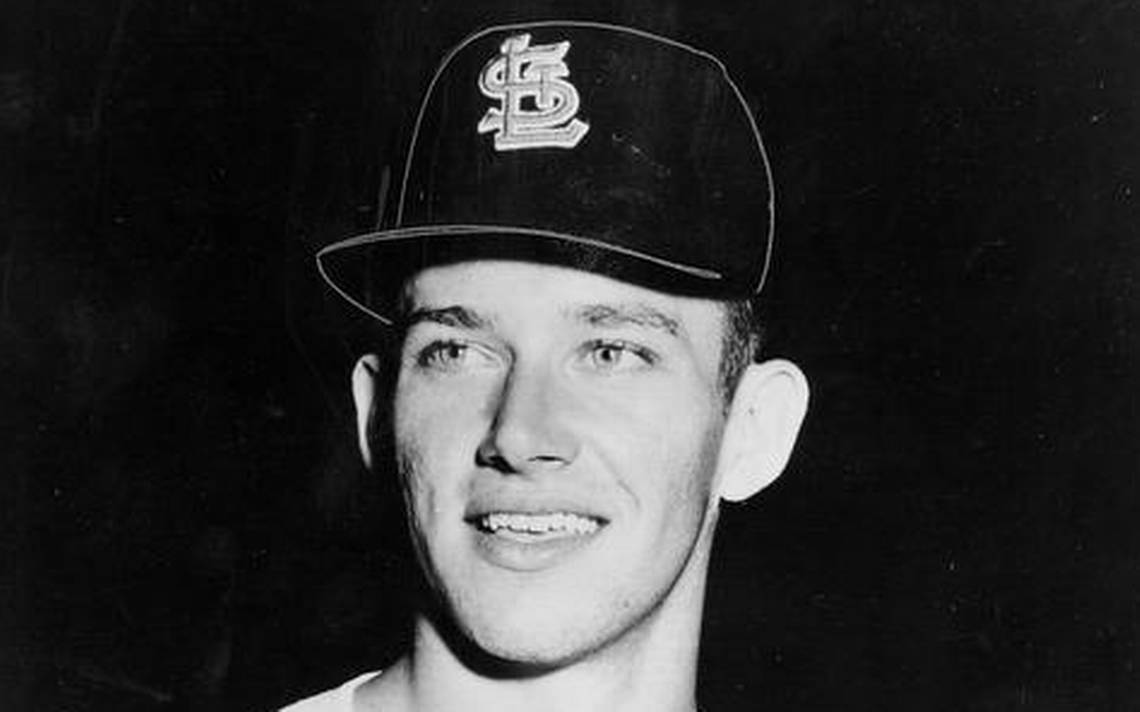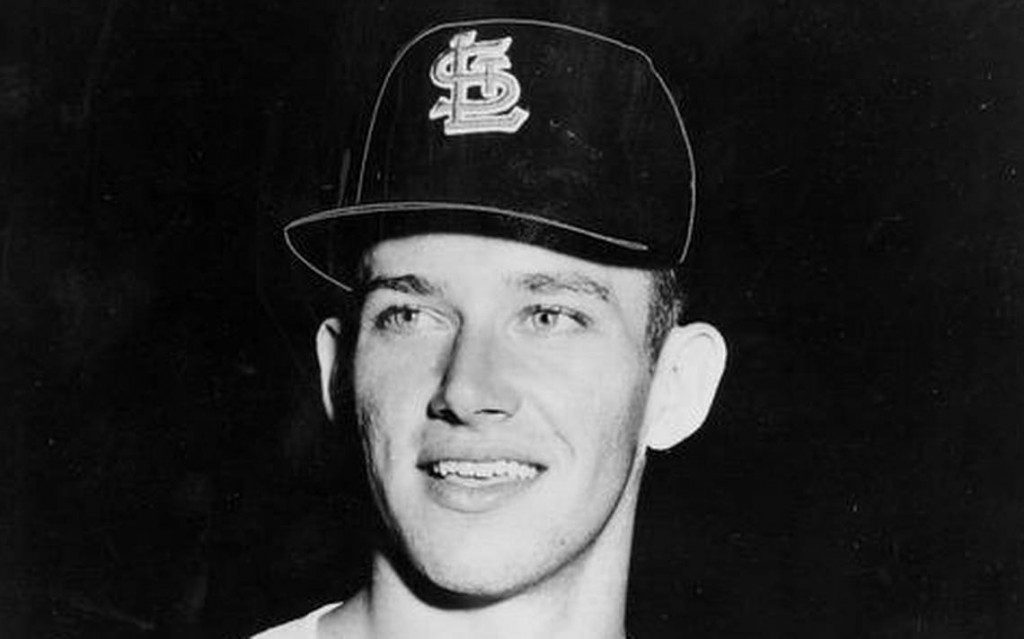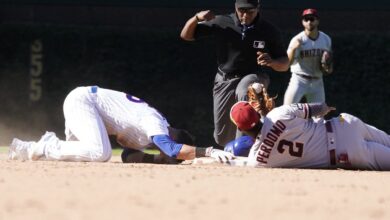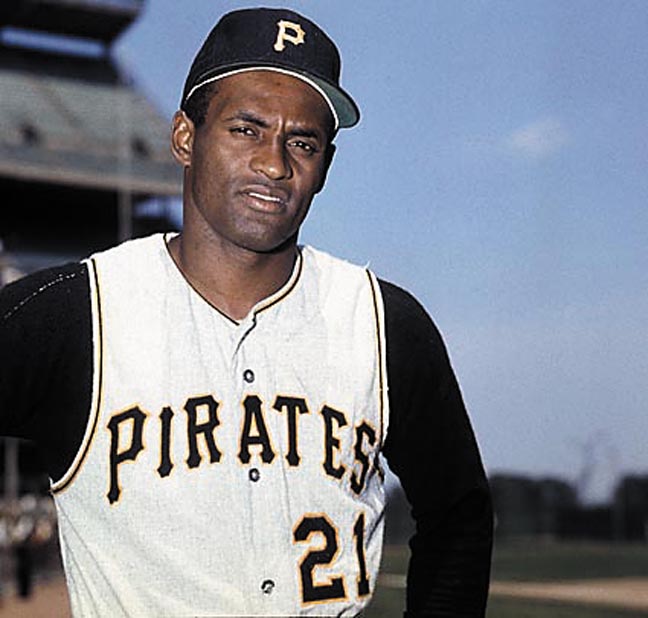


I’m going to venture to say that nobody reading this post is familiar with the name Ray Sadecki. He pitched in the majors for 18 seasons in the 1960s and 1970s, won 20 games once and collected a win in game one of the 1964 World Series. While all of that is impressive, it doesn’t lead to any recognition from the modern fan. But if things had gone just a little bit differently for him, I promise that his death in Arizona earlier this week at the age of 73 would have been a bigger deal than it was. Read on if you want to learn why.
Fifty years ago, in the Spring of 1964, the Chicago Cubs had an image problem with some of their fans. Even though it was a few months after Martin Luther King, Jr. delivered his “I Have a Dream” speech on the steps of the Lincoln Memorial, Chicago had some pretty racist fans. In short, they weren’t happy with the number of black players on the Cubs roster.
Describing a player as “black” isn’t something that I normally do, but it is necessary here because of Andre Rodgers, who was born in the Bahamas and became the Cubs’ everyday shortstop in 1962. The term “African American” wouldn’t apply to him, even though the more contemporary (for 1964) term “Negro” would. It was certainly a different world in those days.
Some Cubs fans — and we’ll never know how many — seethed about the presence of Rodgers, Ernie Banks, Billy Williams, Ellis Burton and Lou Brock on the team’s roster during the 1963 season. According to “It Didn’t Happen Overnight,” a story written by Buck O’Neil, these fans wrote letters to the Cubs front office, and the team took note of them. In the spring of 1964 they began shopping Brock, a 24-year-old who was the Cubs’ everyday right fielder at the time.
Then, in his third full season in the majors, Brock hadn’t yet done anything to distinguish himself on the field. He was a .258 hitter who had finished third in the league in strikeouts in 1963. Between those statistics, and his bothersome (for some fans) skin color, it was determined by the Cubs brass that Brock had to go.
Their first move was to offer him to the St. Louis Cardinals for pitcher Ray Sadecki. The prospective trade was reported by Richard Dozer in the Chicago Tribune on May 26, 1964, under the headline “Cards Balk Cubs in Bid for Sadecki, Brock Dangled as Trade Bait.” The Cubs were in need of a starting pitcher at the time, and trading away Brock for Sadecki would have solved two problems at once. To use a modern term, it would have been a win-win for them.
Dozer reported that the Cardinals’ front office wasn’t willing to make the trade. Imagine the meaning of that for a moment: In May of 1964, Ray Sadecki was too good of a player to be traded away for Lou Brock.
But the Cubs were determined to rid themselves of Brock, and on June 15 — which was the trade deadline in those days — they succeeded. Brock was traded, along with two players you’ve never heard of, to the Cardinals for Ernie Broglio, Doug Clemens and Bobby Shantz. Dozer’s story in the Tribune the next day screamed “Brock-for-Broglio,” and 50 years later, that term is used as shorthand for an ill-advised trade. “Brock-for-Sadecki” doesn’t have the same alliterative charm that “Brock-for-Broglio” does, and for 50 years, Ernie Broglio has been known as the guy who was traded for Lou Brock.
The Cardinals clearly knew something when they turned down the Cubs’ trade overture for Sadecki. He won 20 games that year, and helped the Cardinals to their first World Series berth in 18 years. He also secured a win over Whitey Ford in game one of that year’s Series, which the Cardinals went on to win in seven games.
Brock was converted to a left fielder in St. Louis, and he began a long run as the leading star of the Cardinals franchise. But would the Brock trade still be remembered as it is, 50 years later, if Sadecki had been the one sent to Cubs instead of Broglio? We’ll never know for certain.
Ray Sadecki fell off to a 6-15 record in 1965, and by 1969 he was traded away to the New York Mets. He pitched until 1977, by which time Lou Brock had become a perennial All-star in St. Louis. Ernie Broglio, on the other hand, was out of baseball entirely by 1966.
Broglio’s spectacular flameout, and Brock’s stunning success, have cemented their trade in the annals of baseball history. It certainly would have been different, for all parties, if the Cardinals had agreed to make the trade that the Cubs had initially offered in May of 1964. But they did not, and that’s why you’ve probably never heard Ray Sadecki’s name before. Baseball is filled with stories like this, so long as someone is willing to tell them. Thanks for reading this one.





